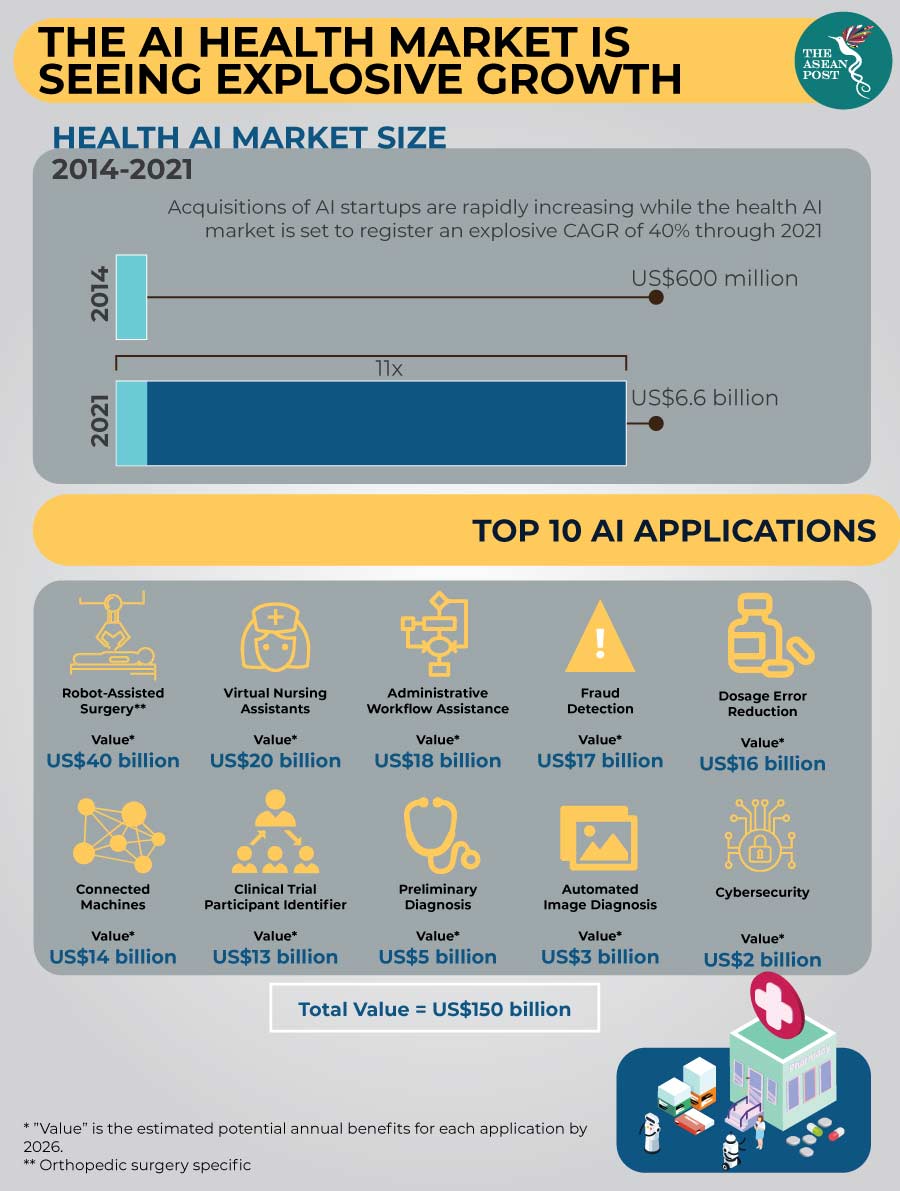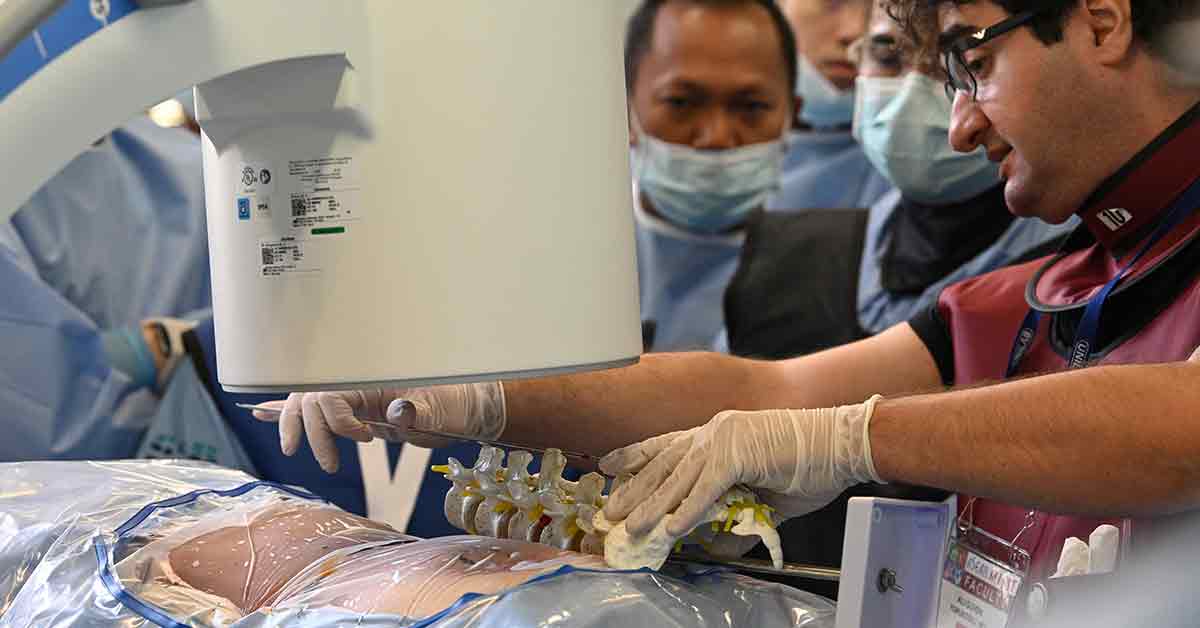Malaysia is on the verge of fully entering the Fourth Industrial Revolution (4IR) as embodied by digitalisation alongside adopting the 5G technology pioneered by Huawei. Digitalisation could be defined as the increasing assimilation of manually-based activities into automated systems and processes.
The country’s Minister of Communication and Multimedia Gobind Singh Deo has never tired of expressing the government’s commitment and determination that the country would not be left behind in the global digitalisation wave and revolution.
The nature of work will also be transformed by and with digitalisation – resulting in new jobs to be invented in the future.
Instead of technology reliant on workers for its operation and performance, it would be vice versa, i.e. workers would be increasingly reliant on technology and automation to perform their roles. There will be greater synergy and even “exchanges” (i.e. assimilation of respective competencies and functions) between humans and technology.
The boundaries between the two are already blurred as could be seen in the emergence of the Internet of Bodies (IoB).
IOB is simply the extension of the Internet of Things (IOT) to the realm of the organic (human, animal) body – so as to be manipulated, controlled, experimented, monitored, etc. remotely. Here, the body itself is subject to the process of digitalisation and external programming, and this eminently illustrated in none other than the domain of healthcare.
In Malaysia, this can be seen in the case of neurobotics technology such as the concomitant of Hybrid Assistive Limb (HAL) as cybernic treatment. Neurobotics has to do with the interface between the central nervous system and artificial intelligence (AI) with the aim of, for example, decoding brainwaves or neural signals so as to simulate and reconstruct the interaction externally.
Neurobotics leverages on the pre-existing technology of electroencephalography (EEG). Cybernic treatment is simply applied neurobotics that aims to restore and improve the connection between the patient’s muscles and the neural system via algorithm-based artificial or biomechatronic body parts attached to the patient to improve mobility.
Such integration with smart technology could also be extended with reference to the neurological degenerative condition in the case of patients suffering from Alzheimer’s disease.
As there is currently no such definitive cure for Alzheimer’s, this condition inevitably requires some kind of social care for those who need it. Yet at the same time, there are medical and non-medical treatments to help manage the symptoms.
These two cases (of cybernics and Alzheimer’s treatment) are where integration between healthcare and social care – as the two ‘nodal points’ – come into play.

Integration will be better supported by the digitalisation of a common database for monitoring and diagnosis. Real-time data, signs / signals and information derived under social care can be fed into healthcare and vice versa as part of an early warning system (EWS) and the process of data staging (which is very apt for cases of cancer, for example, in detecting growth of the tumour).
Integration between healthcare and social care in Malaysia could be developed by capitalising on the existing electronic medical record (EMR) system in the form of the Teleprimary Care (TPC) application package that was launched in 1997. This system was intended to integrate primary and secondary healthcare tiers.
Here, the healthcare and social care sectors would require medical-savvy and medically-trained data analysts, programmers and statisticians – under the category of “predictive medicine”.
The future could then see the emergence of healthcare and social care jobs such as computational biologist, AI scientist, staging data manager, data mining programmer.
In tandem with this development, the healthcare and social care practitioners themselves may well be equipped in the future with skills related to Big Data and predictive analytics, AI, programming and coding, etc.
This means that doctors, nurses, therapists, and carers are expected to be technologically-savvy in terms of diagnosis (as in identifying the problem or cause) and prognosis (as in deciding the course of action and forecast).
In short, tech-savviness will increasingly characterise the phase before – and not just during – the treatment or operation (healthcare) on the one hand, or assistance (social care) on the other.
And, not least, tech-savviness is increasingly applied in reference to the entire lifecycle of the patient.
Simply put, practitioners are expected to be tech-savvy outside the healthcare and social care system or in short, remotely (through telemedicine, wearable devices, smart apps). Hence, it also applies to the after-treatment or after-operation phase, on the one hand or independent living (social care), on the other.
Not least, the rapid emergence of the wide range of application of 3D printing technology and additive manufacturing add to the critical occupations list (COL) as compiled by the Critical Skills Monitoring Committee (CSC), Ministry of Human Resources.
Under the category of “precision medicine”, instead of using metal or hard polymer materials for reconstructive surgeries, 3D printed materials are customisable to suit patient-specific anatomical requirements, not to mention being cost-effective.
Malaysia is well poised to be the hub of 3D device manufacturing in the region. And we are home to more than 190 medical devices manufacturers with investments worth RM13.2 billion. The dawn of 3D technology is actually already well underway here. This has been illustrated by the use of a 3D printed facial implant of a female patient involved in a car accident by Dr Mohd Nazimi Abd Jabar, an Oral and Maxillofacial Surgical expert at Universiti Kebangsaan Malaysia in 2015.
Related jobs that will become in demand in the future would be robotics surgical engineer, biomedical engineer, nanoscience technologist, genome sequencing specialist, and so on.
Last year, a Memorandum of Understanding (MoU) between Collaborative Research in Engineering, Science and Technology (CREST) – a private sector (multinational) and academia initiative – with the Ministry of Health (MOH) was inked to accelerate the development of the digital healthcare landscape in Malaysia. The focus of the strategic collaboration will be on digital innovation in healthcare delivery and solutions, joint cluster development activities, industry network engagement, manufacturing alliance, talent development and digital health innovation hubs.
Overall, Malaysia is on the right track to embrace 4IR with the healthcare sector as an engine. By extension, the digitalisation of healthcare and the generation of the new jobs of the future in the sector should contribute towards a more equitable distribution of income growth as well as ensuring better quality of life as part of the quest to become a smart nation.
Jason Loh Seong Wei is Head of Social, Law and Human Rights at EMIR Research, an independent think tank focussed on strategic policy recommendations.
Related articles:
